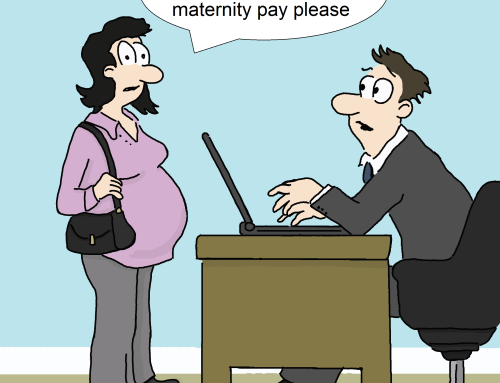
This case looks at what constitutes unfavourable treatment for a discrimination claim. More specifically, can treatment still be unfavourable if it precludes the employee from danger?
Facts
Mrs. Town was employed by Devon and Cornwall police as a police officer (on the ‘front line’ as a Response Officer).
In November 2017 she informed her manager that she was pregnant. He duly completed a risk assessment and found that she should be able to continue within her role if certain reasonable adjustments were made. These included allowing her to attend work plain-clothed as opposed to in uniform and working fewer shifts.
These measures were implemented and the claimant continued with her employment. Around two weeks later however, a decision was made by senior management that she should be transferred to the Crime Management Hub in order to carry out an office-based role.
This decision was made in line with a policy of the police forces’ which stated that “If someone is on restricted duties beyond two weeks they will be considered for a role in Crime Hub or SODAIT to support reducing demand and crime management for the LPA.”
Mrs. Town did not enjoy this change and suffered stress and anxiety as a result of it. She brought a claim in the Employment Tribunal, alleging pregnancy discrimination and indirect sex discrimination.
The Law
The law on pregnancy discrimination and indirect sex discrimination is found within the Equality Act 2010. S18(2) In short, the law does not allow any overt or covert pregnancy discrimination. Typically covert discrimination are barriers that are erected by the employer that impact women more than men.
The Tribunal Decision
The tribunal found that the police forces’ treatment of the claimant was unfavourable treatment because of pregnancy, in the sense that the claimant did not wish to swap roles and therefore the treatment was unfavourable. They also found that the policy of seeking to move employees who had “restricted duties” for more than two weeks to the Crime Management Hub was indirectly discriminatory towards women because pregnancy was one of the leading causes in the restriction of duties and only women can become pregnant.
The respondent appealed against the decision on the basis that the treatment (moving her to an office role) could not be unfavourable because it precluded her from danger. They also argued that the measure was not indirectly discriminatory towards women in general, but rather only pregnant women, and therefore it was not discriminatory against the protected characteristic of sex because not all women became pregnant.
The EAT (in a rather short judgment) denied the appeal. Judge Shanks said that:
a) The treatment of which the Claimant complained was not that she had been removed from danger but that she had been transferred to the Hub which she did not want and which made her ill. The ET had found as facts that this treatment was unfavourable and that it was because she was pregnant.
b) It was not necessary for the purpose of section 19 that all women suffered from the particular disadvantage if women as a group were more likely to be subject to an enforced transfer because of the PCP.
The Takeaway Point
This decision appears to suggest that whether or not treatment is unfavourable depends on the employee’s subjective interpretation of that treatment more than any objective evaluation. It is certainly arguable that being precluded from danger is objectively favourable, but Judge Shanks here paid considerable weight to the subjective interpretation of the measure by the employee (that it was unnecessary and unfavourable). It is therefore advisable when dealing with a pregnant employee to consider their needs as paramount, not what you may consider best for them.









Leave A Comment